“Pioneer the expansion of human possibility” and “Agility Is the Winning Strategy for Startups” — Confidence and Future Outlook of Pale Blue on Its 5th Anniversary
Pale Blue, now marking its fifth year since founding, is a space startup developing safe and sustainable propulsion systems that use water as a propellant. We spoke with founder Jun Asakawa about the journey of achievements the company has made during its five years—still a relatively short time in the space development industry—and about the future they are aiming to reach.
Pale Blue, now marking its fifth year since founding, is a space startup developing safe and sustainable propulsion systems that use water as a propellant. With a proven track record in space already, the company originated from academic research and has attracted attention as a pioneer in expanding the possibilities of mobility in space.
Looking ahead to commercialization, mass production, and global expansion, Pale Blue’s efforts are expected to accelerate and grow even further. We spoke with founder Jun Asakawa about the journey of achievements the company has made during its five years—still a relatively short time in the space development industry—and about the future they are aiming to reach.
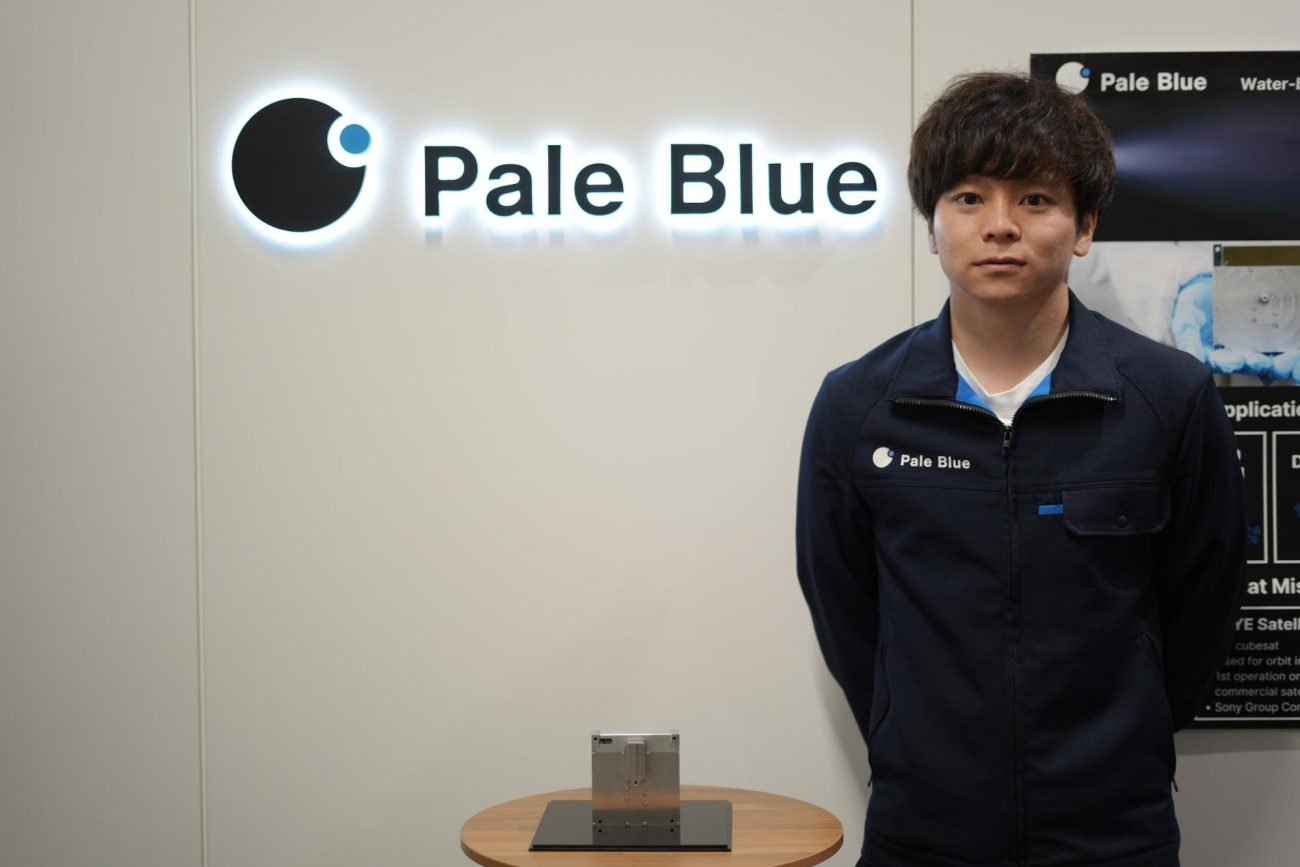
The Startup’s Origin: Bridging the Gap Between Fundamental Research and Practical Application
SORABATAKE:To start off, could you tell us what inspired you to launch your own company?
Asakawa:The turning point was a small satellite project I was involved in during graduate school. It was a collaborative project: in Koizumi Lab where I belonged, we developed a propulsion system, which was on board a satellite built by Intelligent Space Systems Lab. Until then, I was only doing fundamental research, and it was through this project that I faced the harsh realities of “practical use,” which I didn’t see before.
SORABATAKE: What were some of the differences you specifically felt?
ASAKAWA:Vibration test, for example. In research, the primary focus is on understanding propulsion performance and physical phenomena inside the propulsion system, so whether the system can endure vibration isn’t a major concern. However, the system has to pass the vibration test in order to launch a satellite. From the user’s point of view, it is more important that the propulsion meets the necessary requirements for use onboard the satellite than the physical phenomena inside the propulsion system.
On the other hand, researchers are interested in the physical phenomena that generate the thrust. That gap in perspectives was the first big finding for me.
SORABATAKE:Did you decide to start a company by participating in the program?
ASAKAWA:It’s not like I had set out with a clear intention to create a company. The beginning was when I and my classmate, Yaginuma—who later became co-founder at Pale Blue—joined the “Entrepreneurship Dojo,” a program to learn about entrepreneurship and startups from the ground up at the University of Tokyo. That was in my first year of the doctoral course.
We had a chance to talk with alumni like space tech entrepreneurs before the program started, and they told us how great the program was and encouraged us to join. Plus, it had just started offering academic credit that year, so we thought, “Why not give it a try?”
SORABATAKE:So that experience was what made you decide to launch a startup.
ASAKAWA:The Entrepreneurship Dojo has three levels. In the beginner course, we listened to talks by experienced entrepreneurs; in the intermediate level, we had more hands-on lessons; and in the advanced level, we created actual business plans by ourselves. It was at that point that I first started thinking, “Could we make a business out of water-based propulsion?”
At the time of founding, the team consisted of four members: Yaginuma, Prof. Koizumi, Nakagawa, and myself.
SORABATAKE:And now, five years later, the team has grown to over 50 people—more than a tenfold expansion.
Why “Water Propulsion”? And How Was It Achieved?
SORABATAKE:What made you decide to commercialize a water-based propulsion system?
ASAKAWA: I participated in several small satellite projects and space development conferences back in my university. Through those experiences, I came to strongly realize that propulsion systems were essential for the success of small satellite missions. I also attended the Small Satellite Conference in Utah, USA, and saw firsthand how overseas companies were negotiating with satellite manufacturers using propulsion as their core technology. That’s when I felt, very tangibly, “This can be a real business.”
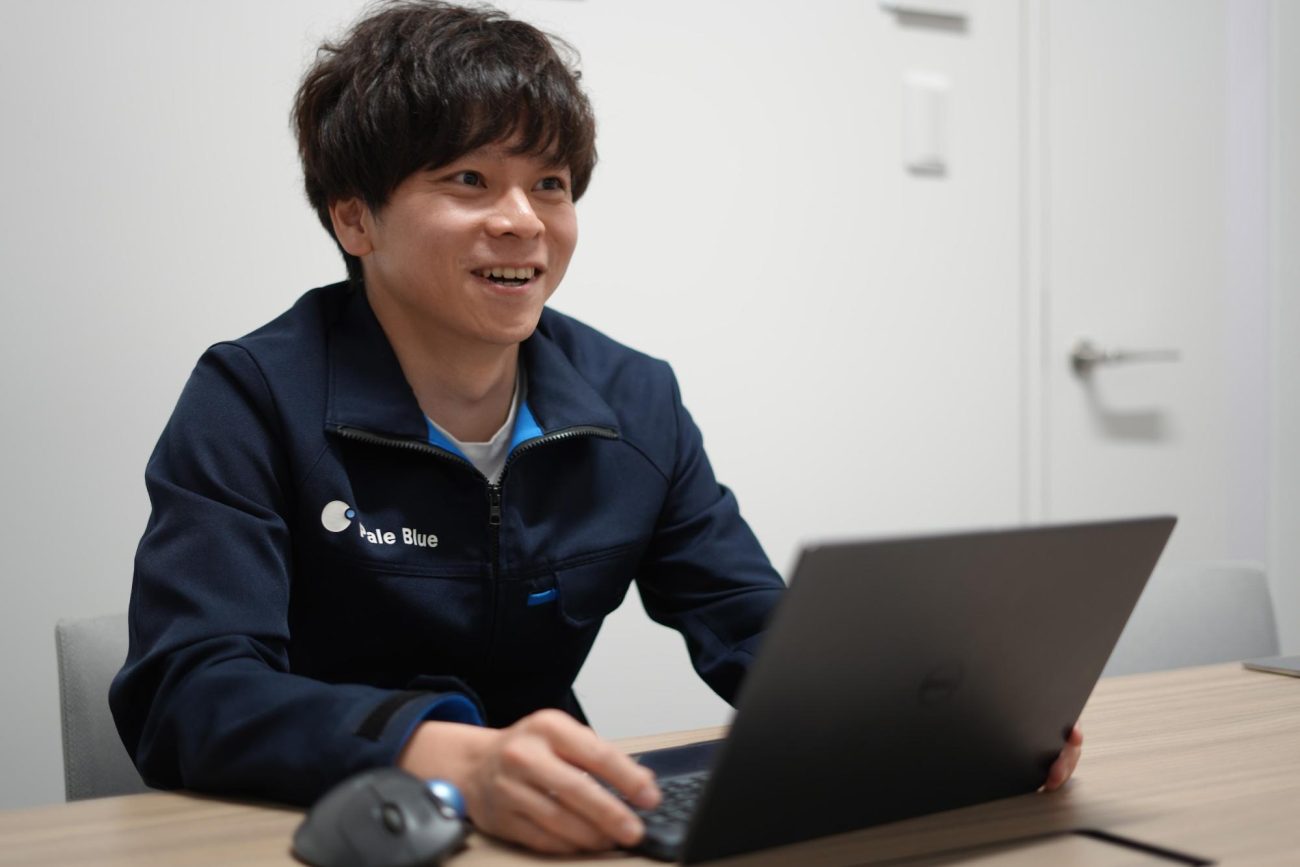
SORABATAKE:There are already options like hydrazine and xenon for propellants—why did you choose to work with water?
ASAKAWA:When I first joined Koizumi Lab, research group on water propulsion hadn’t started yet. I was initially involved in developing a propulsion system using xenon. However, the process was extremely challenging—not only the development itself but also the safety reviews and documentation. Getting it ready to integrate into a satellite was a tough challenge. Moreover, xenon is a rare gas, and the amount available on Earth is limited. I felt, “This isn’t going to scale as a business.”
SORABATAKE: I didn’t know xenon was so rare.
ASAKAWA: It is, actually. Xenon exists in very low concentrations in the atmosphere, and it can only be collected as a byproduct during the production of oxygen and nitrogen. It can’t be synthesized artificially, so we can only extract it from nature. That makes it hard to procure, and it’s not the propellant you can rely on in the long run. In contrast, water is overwhelmingly safe and relatively easy to obtain. Considering the number of small satellite launches will likely increase in the future, we concluded that water was the most “sustainable propellant”.
SORABATAKE:So from a business and future outlook perspective, water propulsion made a lot of sense.
ASAKAWA:Yes. But that doesn’t mean it was technically easy. The realization of water propulsion was largely thanks to years of accumulated research on thrusters in Koizumi Lab. Also, the fact that the global number of small satellites has increased significantly in recent years meant there was a timely demand for a solution like water propulsion.
Pale Blue’s Product Lineup and the Road Ahead
SORABATAKE:Pale Blue currently offers several water-based propulsion products. Could you tell us about your current lineup?
ASAKAWA:We currently have three main types of water propulsion systems. The one already commercialized is a model called PBR. This is a practical model for small satellites, and multiple units have already been successfully operating in space. Next in line is the PBI, which is scheduled for full deployment in fiscal year 2025. Development for this model is already complete. In January 2025, we announced plans to launch it twice that year aboard the ION Satellite Carrier, a small satellite from Italy’s D-Orbit.
We’re also working on the development of a water hall-effect thruster. Once this is added to the lineup, we’ll be equipped to support a much wider range of applications.
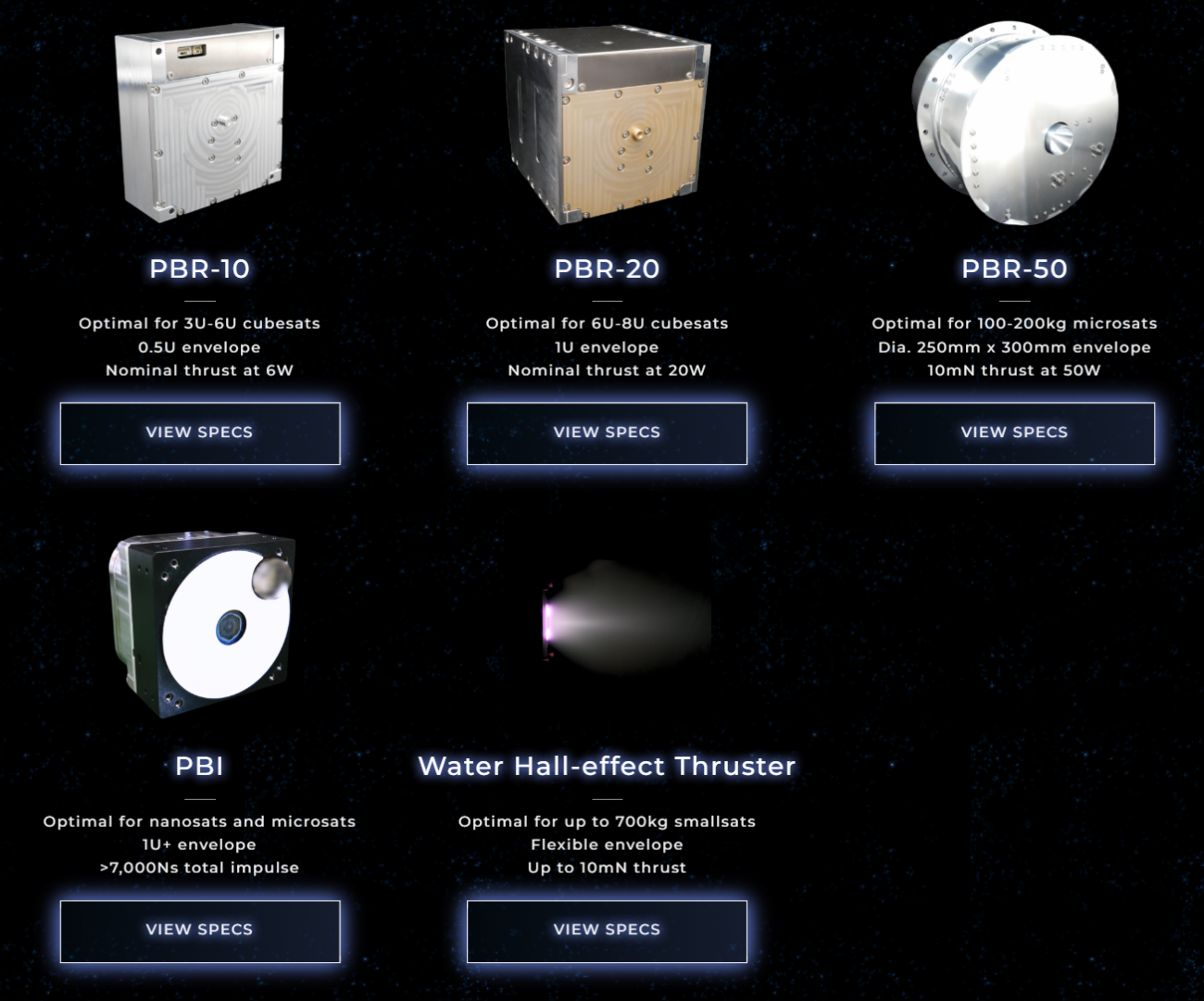
SORABATAKE:You mentioned that PBR is already commercialized—were there any particularly difficult technical challenges in bringing it to market?
ASAKAWA:Transforming the knowledge we gained during our university research into an actual product that could be mounted on a satellite was definitely a major challenge. The toughest part was integrating all the necessary functions into an extremely compact form factor. For example, not only the plasma and fluid control systems, but also the electrical control boards and software algorithms—all of these had to be integrated into one complete package.
SORABATAKE: Were there challenges that couldn’t be addressed by the original research team alone?
ASAKAWA:Actually, the first full-time employee we hired wasn’t from the space industry but was an electrical engineer. Their addition was incredibly significant. They brought in new perspectives and know-how that our lab didn’t have, which was crucial for completing the propulsion system as a “real product.” We met through a venture capital firm that had invested in us, and we’re truly grateful for that encounter.
From Research to Product, and Product to Business: How Pale Blue Earned Trust Through Flight Proven Performance
SORABATAKE:Turning academic research into a practical product must have involved a significant gap. How did you approach the initial design and product development?
ASAKAWA:Of course, we did make use of the prototypes we developed during our university days, but those were at a purely research level. To move toward commercialization, we needed to revise the designs and redraw the schematics. But that alone wasn’t enough to make it a product. Especially when it came to mass production, there was another major hurdle to overcome.
SORABATAKE:What kind of hurdles did you face specifically regarding mass production?
ASAKAWA: Mass production means that the same product can be made with the same specifications, no matter who is manufacturing it. Unlike research, we needed to meet not just technical specs but also customer expectations regarding cost and delivery schedules. That meant we had to eliminate any dependence on specific individuals and build a reproducible manufacturing process.
SORABATAKE:So in the early stages of the company, there were many processes that depended on individuals?
ASAKAWA:Yes, during the early days, there were assembly and testing steps that only certain people—like founding members—could handle. The testing process, in particular, was full of tacit knowledge, which made mass production unrealistic. That was a major challenge.
Then came a big turning point in January 2023, when our propulsion system was aboard a Sony satellite and successfully operated in space. By that time, our team had grown to over 30 people, and we felt that we had finally locked in a specification suitable for commercialization.
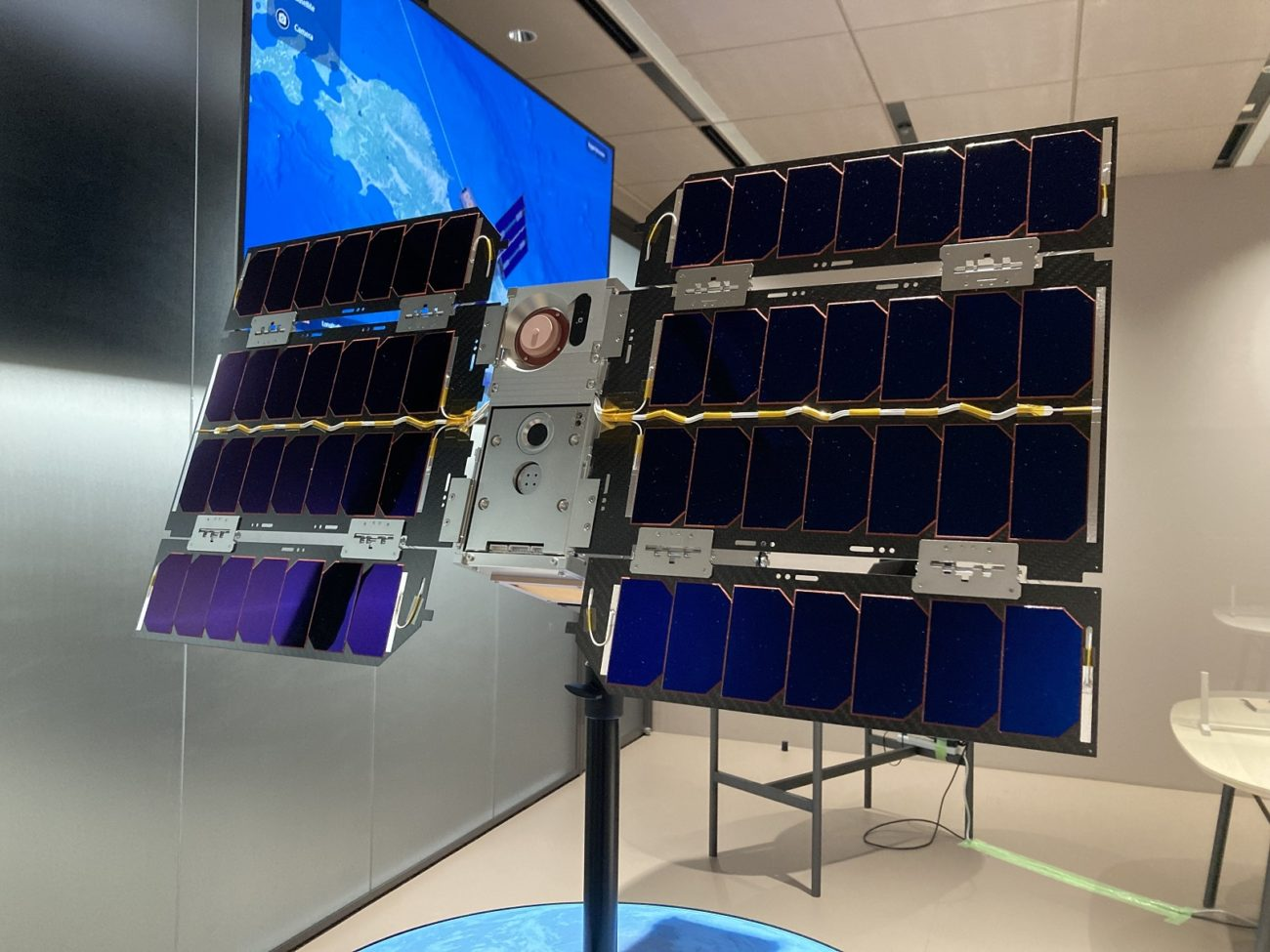
SORABATAKE:Having a successful operation in space must have had a major impact.
ASAKAWA:Definitely. When explaining our products to customers, even just being able to say “It has operated in space” makes a huge difference in the level of trust. And with Sony’s satellite, we confirmed the stable operation of the propulsion system after 2 years in orbit—that kind of track record brings an even greater level of credibility.
SORABATAKE:You currently offer multiple product models—how would you describe their characteristics and customer feedback?
ASAKAWA:At the moment, we primarily offer two models: PBR and PBI. PBR-10 and PBR-20 are compact and suited for customers who operate low-power satellites. PBI, on the other hand, is capable of longer operation times and meets the needs of customers looking to extend the lifespan of their satellites. The common value both provide is the safety and ease of handling that comes with using water.
SORABATAKE: It seems like the market response and international connections have also evolved over the past year or two.
ASAKAWA:Yes, recently, at exhibitions and conferences, we often hear, “Hey, I know Pale Blue—you’re the water propulsion company, right?” Our recognition is clearly growing. Being featured in international media has helped as well, and we’ve even naturally formed collaborations with overseas companies like D-Orbit as demonstration partners. Encounters at conferences and exhibitions often serve as catalysts for these connections.
SORABATAKE:Are there specific messages or points you focus on when presenting at exhibitions or speaking engagements?
ASAKAWA:Our proven spaceflight performance is definitely our strongest selling point. And now, we’re also able to talk about our future plans and production systems, so we make a point to communicate those as well. By showing not just the demonstrations but the underlying systems that support them, I believe we can gain even greater trust.
For Startups to Win in the Global Market, Agility Is the Key
SORABATAKE: Pale Blue has achieved successful operations and established overseas partnerships within just five years of its foundation. That pace feels incredibly fast. How do you view the speed of your progress?
ASAKAWA:Honestly, I wish we could make a progress even faster. Starting from university-originated technology was a big advantage, but there are competitors overseas who founded several years earlier than we did and precede other peers.
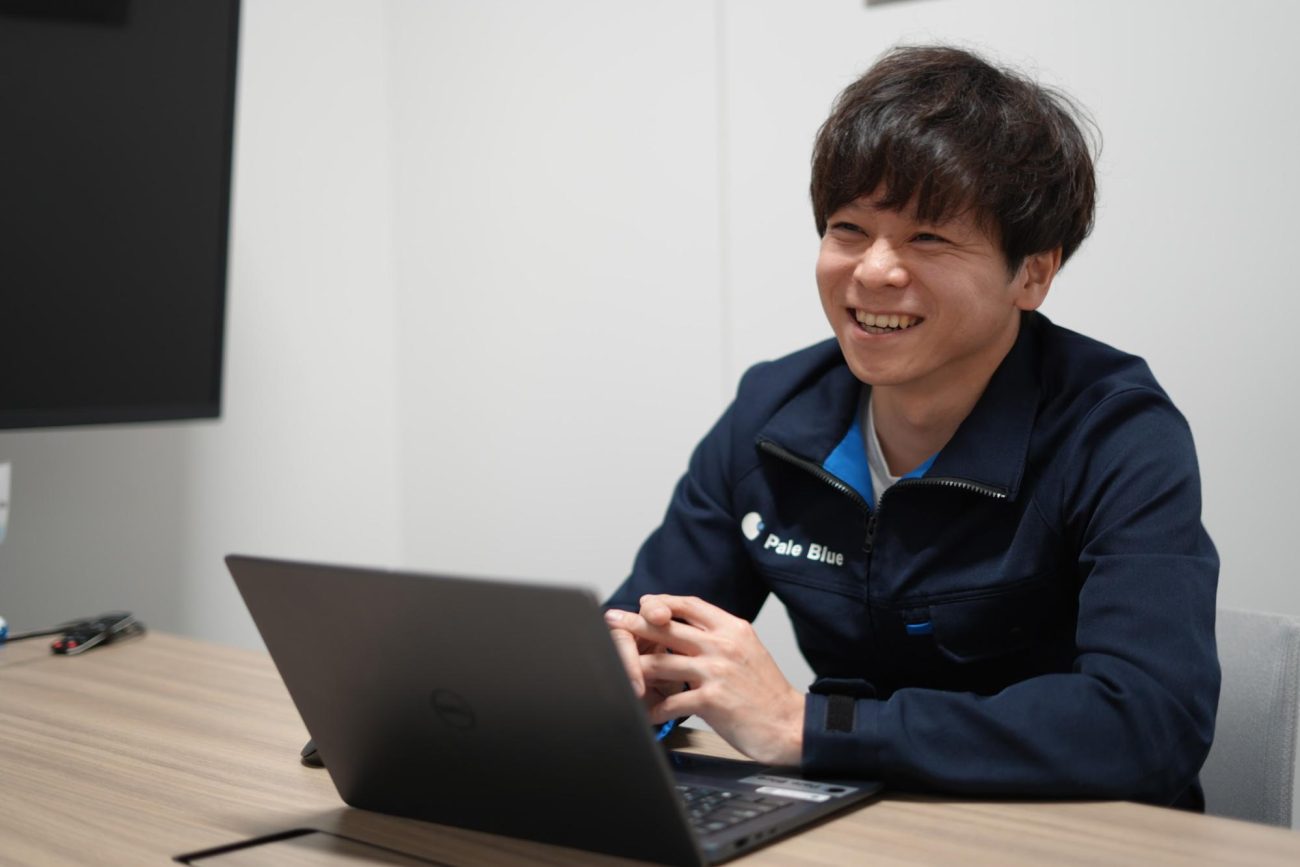
ASAKAWA:We have been working to add flight heritage both domestically and internationally, while strengthening our production capabilities.. We’re in the process of establishing a production site in Tsukuba, and we plan to build a full-scale mass production system going forward. We’re actively hiring for our manufacturing team as well. It’s critical that we build a structure capable of delivering QCD—quality, cost, and delivery—on an industrial scale.
SORABATAKE: As you scale up, what do you see as challenges?
ASAKAWA: We currently have around 50 full-time employees, and about 60 including executives. We plan to grow further, but there are some aspects that inevitably slow down as the number of employees increases, so a major challenge is how to maintain and improve speed as the organization expands.
SORABATAKE:Do you believe speed is the core value of a startup?
ASAKAWA:Absolutely. I strongly believe that agility is the competitive advantage startups have against large corporations. As we can’t compete on capital. We have to be the fastest to test, operate in orbit, and improve—over and over again. That’s the only way forward.
SORABATAKE:What do you think Japan’s space industry needs in order to compete globally?
ASAKAWA: Agility, opportunities for frequent flight tests, and business reproducibility. We need to approach these three elements as a unified strategy. Japan has strong institutional support from organizations like government and JAXA, and by leveraging those assets, we hope to see more globally competitive space startups emerge from Japan.
SORABATAKE:: So, space demonstrations build trust and bring benefits beyond just verifying functionality.
ASAKAWA:Exactly. Take our Sony satellite for example—when we were able to demonstrate stable operation after two years, I could feel that global perception of us changed. The power of in-orbit operation is immense as we’re seeing more orders both domestically and internationally now.
“At First, We Pursued ‘Maximizing Happiness’” — The Meaning Behind the Mission to “Pioneer the Expansion of Human Possibility” and the Ideal Future
SORABATAKE:Looking back on the past five years, what stands out most in your memory?
ASAKAWA:Definitely the first time our propulsion system operated in space. The moment the valve opened, the water flowed, and the data came in—I’ll never forget the emotion I felt then.
SORABATAKE:Thank you. So far, we’ve talked about where Pale Blue stands today. Now, let’s look a bit into the future. Can you tell us once again about the meaning behind your mission to “Pioneer the Expansion of Human Possibility”?
ASAKAWA:When we first started out, the phrase I used most often was, “Maximize human happiness through science and technology.” However, happiness means different things to different people. As I kept reflecting on what we should really aim for, I reached the idea of “possibility.”
The more options we have when facing a problem, the richer our lives can be. By using the power of science and technology to increase and sustain those options, we concluded on the mission to “Pioneer the expansion of human possibility”
SORABATAKE:Your mission statement doesn’t specifically mention “space” or “water propulsion.” Is there a reason for that?
ASAKAWA: Yes. We believe that the element of our work lies in solving problems and expanding future possibilities—not necessarily being limited to space. We’re now focused on the field of space and are developing a business based on water propulsion technology, whereas in the future, we might take on entirely different challenges.
The propulsion systems we provide aren’t just “components.” They offer “mobility” in space—literally the ability to move freely in space. We’re currently delivering that mobility through hardware, but in the future, we’d like to expand into offering propulsion as a service. We aim to become the mobility infrastructure provider in space.
SORABATAKE:So, in the future, you might be providing not just satellite systems but infrastructure and services—like gas stations in space for water refueling?
ASAKAWA:Yes, that’s something we’re considering. We’re looking at developing beyond propulsion systems. We also have our eyes on mobility service models like those being developed by D-Orbit and Blue Origin.
SORABATAKE:Your flexible stance on not clinging to water as the only propellant also seems to reflect your forward-looking mindset.
ASAKAWA: That’s right. We strongly believe water is the best choice for now, but if something else is better in the future, we’ll go with that. We have technical strength in water propulsion and see there’s demand, so that’s where we’re focused. However, if the technology or the market needs change, we’ll adapt accordingly.
A Message to Readers: To Those Who Aspire to Enter the Space Industry
SORABATAKE: Lastly, could you share a message or advice for companies looking to enter the space industry, or for researchers aiming to commercialize their work—like you did?
ASAKAWA:If you have even the slightest interest, I think you should go for it. From a societal perspective, there’s no doubt that the need for space development and utilization is real. It’s being discussed from all kinds of angles, and there’s clearly a major movement underway.
That said, while space is certainly a necessary field for society and the times we live in, it’s still hard to say that it’s a fully matured business sector. It’s in a growth phase.
There’s no definitive answer like, “Do this way and your business will succeed.” If you see it in different perspective, it’s such as exciting field since those who take action and have a real shot could be the first and best.
SORABATAKE:Now that you’ve actually started a business in the space industry, are there any things you’d warn others to watch out for?
ASAKAWA:Money and time—it really does take a lot of both. You need to be mentally prepared for that. Especially when hardware is involved, it’s not like you can build something and have it released the next month. In that sense, it’s a bit of a unique industry.
SORABATAKE:Thank you. Finally, now that Pale Blue has reached its fifth anniversary, do you have a message for your team and stakeholders?
ASAKAWA:These past five years have truly been a time of overcoming countless challenges together. We started from nothing—no product—and built one, sold it, secured the funding and resources we needed, and just kept pushing forward. It’s been a struggle, but we’ve made steady progress.
I think all that effort is finally starting to bear fruit. I feel it, and I believe our team feels it too. We’ve built flight heritage, been constructing a production system, and been receiving more and more orders from Japan and overseas. Our activities as a full-fledged business—producing and shipping products—are growing steadily.
PBR is still our main product now, but we have multiple in-orbit demonstrations of PBI scheduled for this year. If those go well, I believe we can move to the next phase. We’re also working on developing the Water Hall-effect Thruster. I truly believe the company is now entering a phase where it’s shifting toward the next stage.
Editor's Note
What left the strongest impression on me during the interview was founder Dr. Asakawa’s remark: “ I wish we could work even faster.”“I strongly believe that agility is the only competitive advantage startups have against large corporations.”
When we initially set out to discover the secret behind Pale Blue’s rapid pace—achieving space demonstration and product commercialization within just five years—we expected a confident explanation. Instead, Dr. Asakawa expressed that he still feels they are not moving fast enough. It is precisely that sense of urgency, I believe, that drives the company to push forward at such an extraordinary pace, from technology development to productization, and now global expansion.
Through this interview, I was able to trace Pale Blue’s journey from its founding to the present, and to glimpse the future they aim to create. With their water-based propulsion technology as a foundation, they envision building a mobility infrastructure in space. Their grand vision reaffirms just how exciting it is to witness Pale Blue pioneers the expansion of human possibility.


